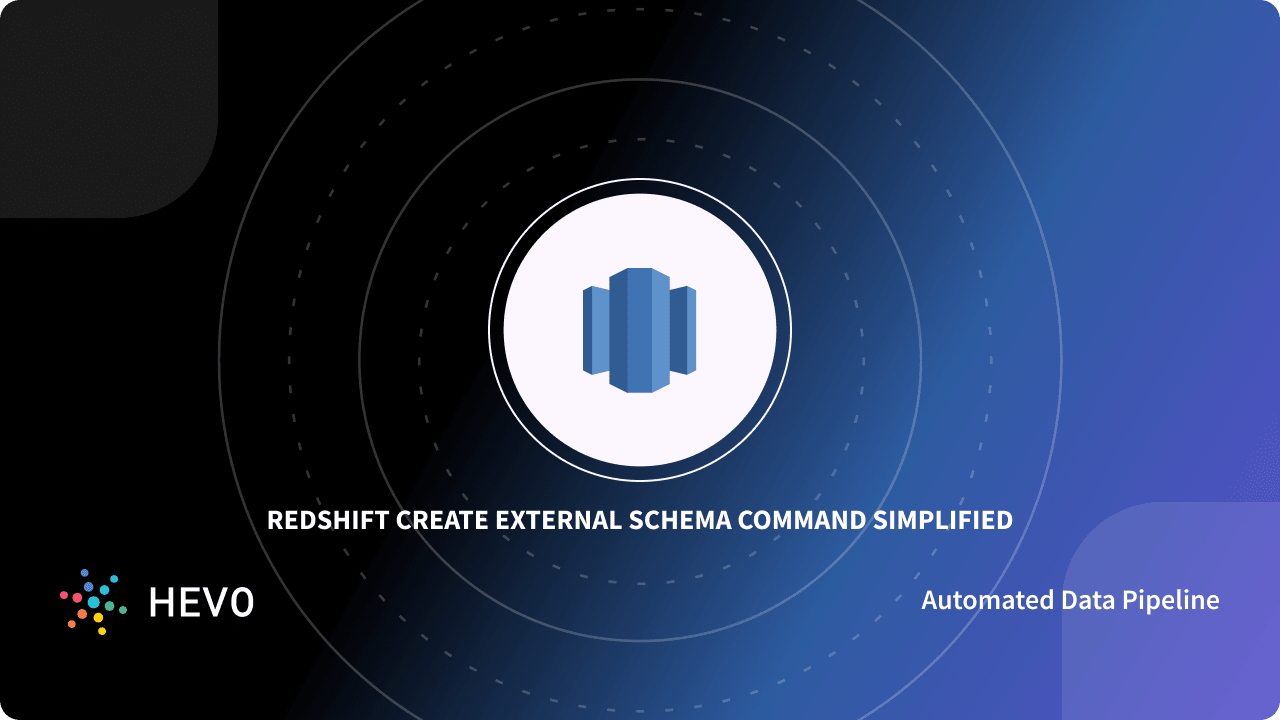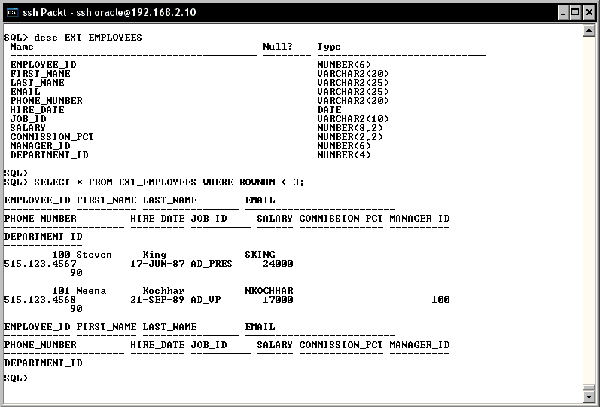

In Query Editor V2, to connect to the awsdatacatalog database, choose the following: You can now use SQL clients like Amazon Redshift Query Editor v2 to browse and query awsdatacatalog. The following diagram illustrates this architecture. You can now simplify this integration using automatic mounting of the AWS Glue Data Catalog. However, when analysts want to run queries against these schemas, it requires administrators to create external schemas for each AWS Glue database in Amazon Redshift. You can use tools like Amazon EMR to create new data lake schemas in various formats, such as Apache Hudi, Delta Lake, and Apache Iceberg (preview). Relevant use cases for automatic mounting of the AWS Glue Data Catalog feature With automatic mounting the Data Catalog, Amazon Redshift automatically mounts the cluster account’s default Data Catalog during boot or user opt-in as an external database, named awsdatacatalog.

The new automatic mounting of the AWS Glue Data Catalog feature enables you to directly query AWS Glue objects in Amazon Redshift without the need to create an external schema for each AWS Glue database you want to query. Overall, Amazon Redshift empowers organizations to uncover valuable insights, enhance decision-making, and gain a competitive edge in today’s data-driven landscape. Scalability and elasticity allow for seamless expansion as data and workloads grow.Integration with advanced analytical tools empowers you to apply sophisticated techniques and build predictive models.The flexibility to utilize different table formats such as Apache Hudi, Delta Lake, and Apache Iceberg (preview) optimizes query performance and storage efficiency.With features like Amazon Redshift ML, it democratizes ML capabilities across a variety of user personas.Amazon Redshift provides features like Multi-AZ (preview) and cross-Region snapshot copy for high availability and disaster recovery, and provides authentication and authorization mechanisms to make it reliable and secure.With its high-performance processing capabilities, Amazon Redshift handles large and complex datasets, ensuring fast query response times and supporting real-time analytics.It enables organizations to analyze diverse data sources, including structured, semi-structured, and unstructured data, facilitating comprehensive data exploration.You can take advantage of the following benefits: Amazon Redshift offers a powerful analytics solution that provides access to insights for users of all skill levels. Enabling easy analytics for everyoneĪmazon Redshift is helping tens of thousands of customers manage analytics at scale. To learn more about auto-mounting of the Data Catalog in Amazon Redshift, refer to Querying the AWS Glue Data Catalog. This feature is now available in all AWS commercial and US Gov Cloud Regions where Amazon Redshift RA3, Amazon Redshift Serverless, and AWS Glue are available. Now, you can use your AWS Identity and Access Management (IAM) credentials or IAM role to browse the Glue Data Catalog and query data lake tables directly from Amazon Redshift Query Editor v2 or your preferred SQL editors. You no longer have to create an external schema in Amazon Redshift to use the data lake tables cataloged in the Data Catalog.

Today, tens of thousands of customers run business-critical workloads on Amazon Redshift to cost-effectively and quickly analyze their data using standard SQL and existing business intelligence (BI) tools.Īmazon Redshift now makes it easier for you to run queries in AWS data lakes by automatically mounting the AWS Glue Data Catalog. Amazon Redshift is a petabyte-scale, enterprise-grade cloud data warehouse service delivering the best price-performance.


 0 kommentar(er)
0 kommentar(er)
